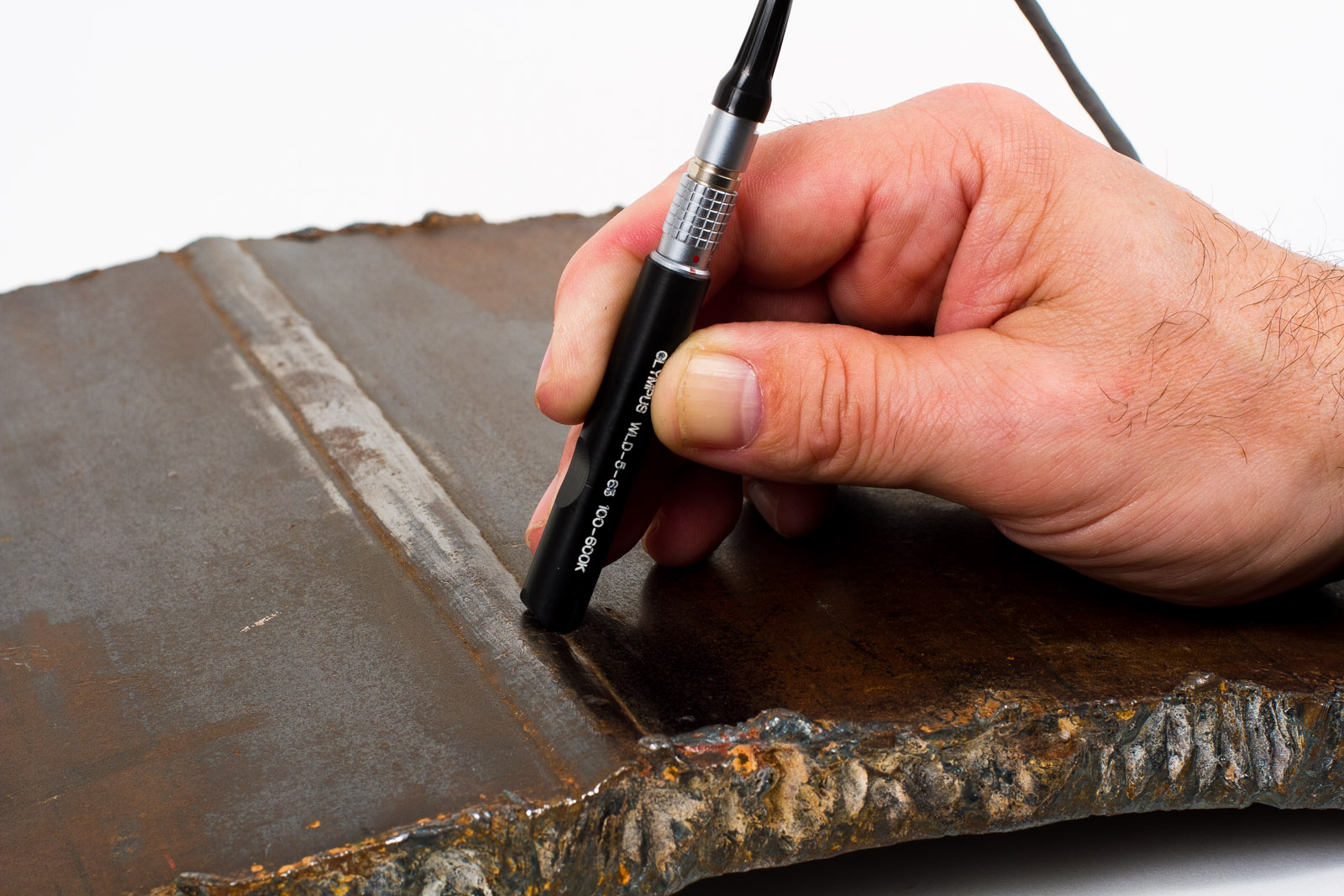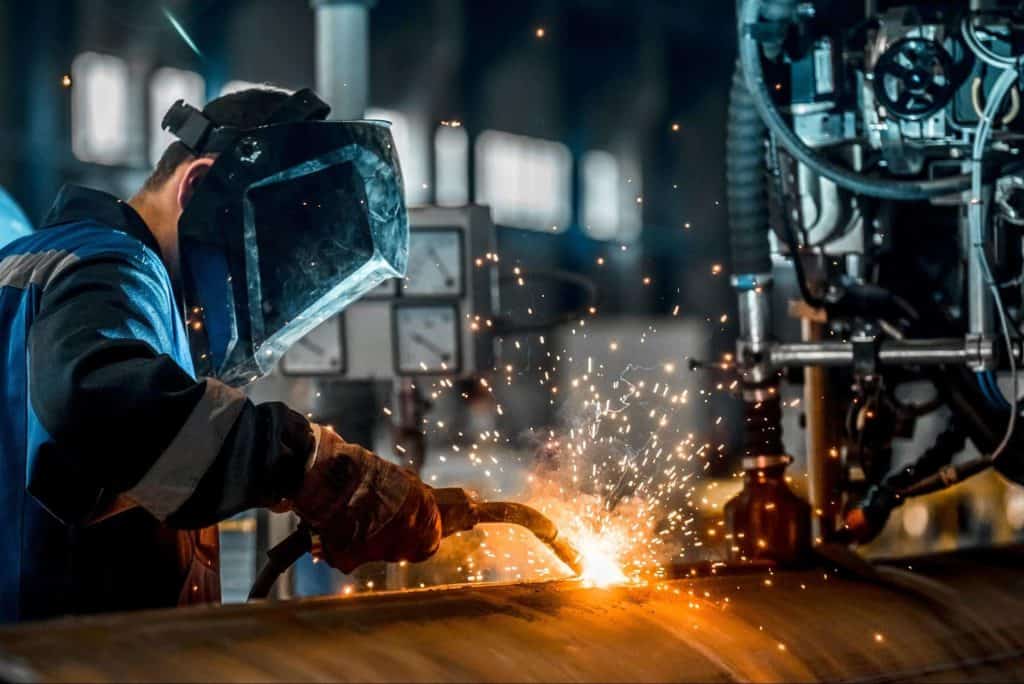Navigating Welding Inspection Gilbert Arizona: Essential Insights for Sector Professionals
Welding Assessment Demystified: Secret Processes, Tools, and the Crucial Duty They Play in Keeping High-Quality Welds
Welding inspection serves as an important foundation in the guarantee of architectural stability and quality in bonded joints, affecting numerous industries from building and construction to production. What are the essential procedures and tools that ensure these criteria are promoted?
Importance of Welding Inspection
Making sure the integrity of bonded joints is extremely important in various sectors, making the value of welding assessment undeniable. The high quality of welds straight impacts the safety, performance, and longevity of frameworks and elements. In sectors such as building and construction, automotive, aerospace, and manufacturing, any failing in bonded joints can bring about catastrophic effects, consisting of architectural failings, devices malfunction, and loss of life.
Welding assessment acts as an essential top quality control action, ensuring that welds meet defined standards and governing needs. It determines flaws such as fractures, porosity, and insufficient fusion that might endanger the stamina of the weld. By spotting these issues early, welding examination can protect against expensive rework, delays, and possible safety and security risks.
In addition, welding evaluation cultivates compliance with sector requirements and accreditations, improving the reliability of organizations and their items. It likewise sustains continuous enhancement by giving important responses to welding workers, enabling them to fine-tune their processes and techniques.
Ultimately, the value of welding evaluation can not be overemphasized; it is necessary for maintaining high-quality welds, making sure security, and securing investments across numerous industries.

Key Evaluation Processes
Effective welding assessment counts on a series of crucial processes developed to evaluate the high quality and honesty of welds. These procedures incorporate both non-destructive and aesthetic screening (NDT) approaches, guaranteeing that any issues are identified prior to they jeopardize architectural stability.
The primary step in the inspection procedure is an extensive visual assessment, which enables assessors to assess welds for surface area defects such as splits, undercuts, and incomplete combination. Following visual checks, different NDT techniques might be utilized, including ultrasonic screening, magnetic fragment testing, and radiographic testing. Each approach uses one-of-a-kind advantages; as an example, ultrasonic testing can find internal imperfections, while radiographic testing offers an irreversible document of the weld's internal framework.
In addition, it is essential to validate compliance with pertinent codes and standards, guaranteeing that the weld meets sector requirements. This includes examining weld measurements and placement, as incorrect measurements can cause failures under tons.
Crucial Tools for Assessment
Routinely making use of the right tools is crucial for attaining exact welding evaluations. A thorough set of inspection devices assists guarantee that welds meet stringent high quality requirements and requirements.
One of the key devices is the visual examination scale, which permits inspectors to analyze surface conditions, such as tidiness and surface finish, directly. Furthermore, micrometers and calipers are crucial for measuring weld dimensions and guaranteeing they adapt needed tolerances.
For more in-depth assessments, ultrasonic screening (UT) equipment is very useful. This method utilizes high-frequency sound waves to identify inner defects and evaluate material density. In a similar way, magnetic bit testing (MT) and color penetrant testing (PT) are essential for recognizing surface area and near-surface flaws, offering prompt aesthetic signs of potential issues.
Welders should also be equipped with solidity testers, which evaluate the mechanical residential or commercial properties of the weld metal and base products, guaranteeing they meet given requirements. Recording findings with electronic assessment tools improves traceability and quality control. By using these necessary tools, assessors can maintain premium welds, eventually contributing to the safety and dependability of bonded frameworks.
Usual Problems and Their Detection
Welds, comparable to the foundation of structural stability in building and construction and production, can display numerous defects that jeopardize their efficiency and security. Usual defects consist of porosity, splits, undercut, lack of combination, and slag additions (Welding Inspection Gilbert Arizona). Each of these problems can materialize because of inappropriate check my blog welding techniques, poor product selection, or inadequate prep work

Detection of these problems can be accomplished through different non-destructive testing methods, including visual evaluation, ultrasonic testing, and radiographic testing. Each method plays a critical role in determining these mistakes, guaranteeing that the integrity of the weld is kept and decreasing the danger of failing in crucial applications.

Best Practices for Quality Guarantee
Guaranteeing the highest possible quality of welds is extremely important for structural stability and safety and security, particularly in markets where the effects of failure can be severe. To attain this, a number of ideal methods for quality assurance must be carried out throughout the welding procedure.
First, a durable welding treatment requirements (WPS) ought to be developed, describing the required criteria for every welding procedure. This guarantees uniformity and adherence to market requirements. Second, comprehensive training and qualification of welders are vital; skilled workers are much better outfitted to create top notch welds and identify potential problems.
Regular examinations ought to be incorporated right into the welding process, using both non-destructive and visual testing (NDT) methods to identify flaws beforehand. Routine calibration of inspection devices is vital to keep precision. Additionally, recording all welding tasks, including assessments and corrective activities, develops a traceable document that can be important for top quality control.
Final Thought
Finally, welding inspection works as a critical mechanism for guaranteeing the stability and dependability of welded joints throughout industries - Welding Inspection Gilbert Arizona. Through the execution of crucial examination procedures and the usage of essential devices, companies can properly recognize and deal with potential issues. Adherence to finest techniques in quality control not only boosts safety and security however also guarantees conformity with industry requirements, eventually contributing to Look At This the durability and performance of components and frameworks
Welding assessment serves as an essential foundation in the assurance of architectural integrity and high quality in welded joints, influencing different industries from building to production.Making sure the honesty of welded joints is paramount in numerous sectors, making the significance of welding evaluation obvious.Welding assessment use this link offers as a crucial high quality control procedure, making sure that welds fulfill defined criteria and regulatory demands. By using these necessary devices, examiners can keep high-grade welds, ultimately adding to the safety and security and reliability of bonded frameworks.
In conclusion, welding evaluation offers as an essential device for ensuring the stability and dependability of welded joints throughout markets.